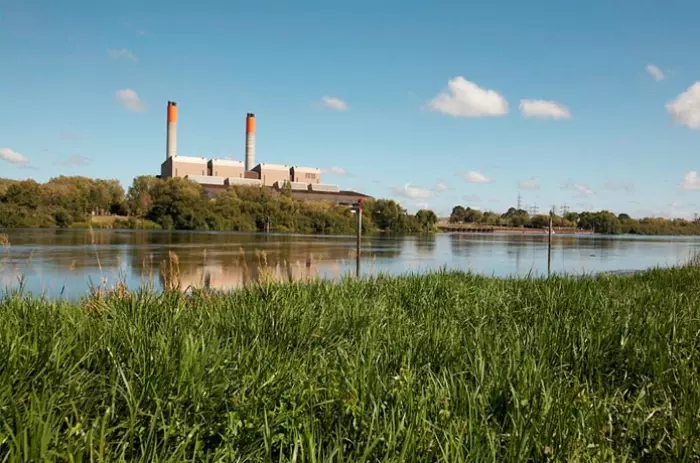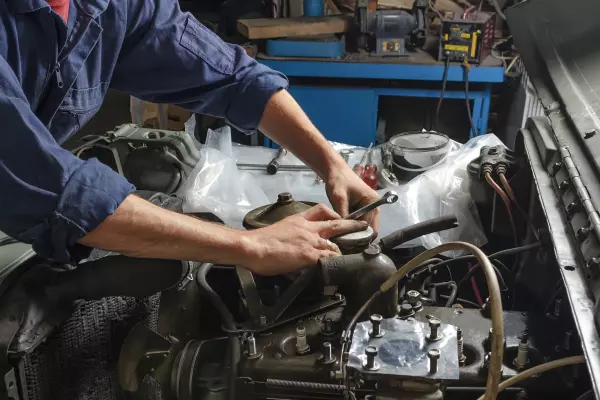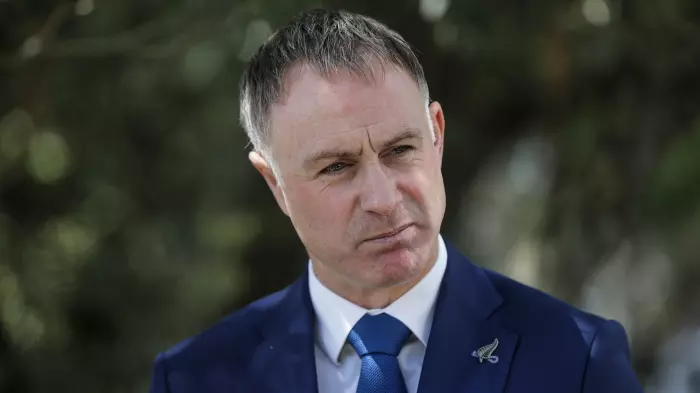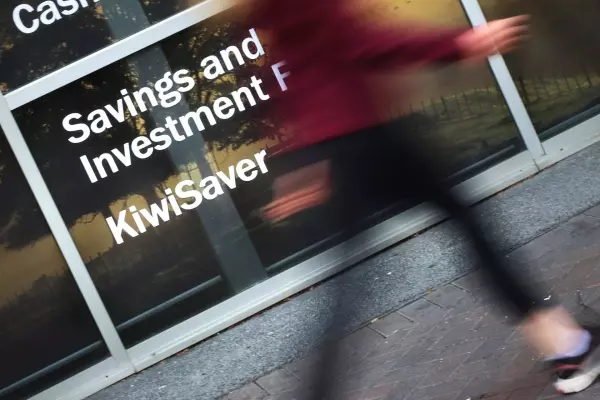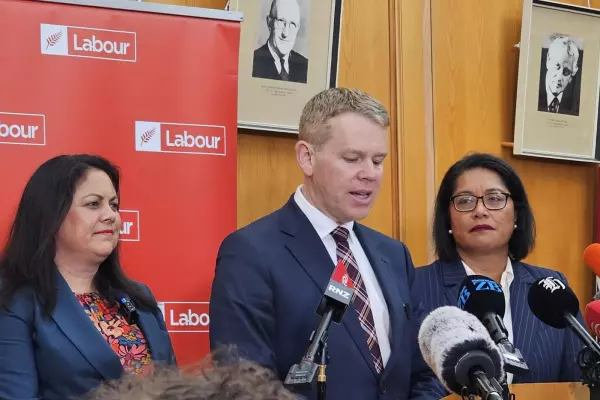New Zealand has one of the most renewable electricity sectors in the world but as winter creeps closer its heavy reliance on weather dependant hydro generation is highlighting its limitations, which we should all be mindful of as the transition to a low carbon future is mapped out.
About 85% of our electricity comes from renewable sources.
Hydro generation (lake storage and river flows) makes up nearly 60%, geothermal 17%, wind 5% and solar just 0.3%.
The sustained La Nina weather pattern we’re experiencing has seen lake levels drop to 25-year lows meaning there has been a significant shortfall of electricity coming from renewable generation over the last six months.
This has been compounded by the gas supply shortages due to on-going production issues from one of our biggest natural gas fields, Pohokura.
Huntly power station (pictured above) was built as a backup for these types of circumstances and is currently meeting this shortfall, as it has for decades and blackouts like we had back then are unlikely.
But, as we all acknowledge, the climate challenge means we need to change the way we do things. The questions are, how do we go about it and what sequence of changes will achieve the fastest outcome?
Energy v electricity – an important distinction
New Zealand is currently aiming for 100% renewable electricity by 2030.
The Climate Change Commission (CCC) had a different view, a renewable ‘energy’ target of 60% by 2035, that covers the whole energy system, not electricity specifically.
NZ is targeting a net-zero carbon economy by 2050.
Perhaps a net-zero electricity system, rather than 100% renewable, would be the best way to get there.
If we focus on net-zero emission electricity, it would force the sector to decide whether to offset the emissions we might need to keep that last bit of backup or geothermal, or switch to a different fuel source.
This way focus is on the most economically rational approach to decarbonising the economy.
Whatever way is chosen one thing is essential – a pathway to 2050 driving out emissions from the whole energy sector.
Genesis strongly supports the development of a 30-year cross-sector low-carbon strategy that enables the right sequencing and prioritisation of actions and ensures low cost and reliable energy supply for all New Zealanders.
There are key pillars an effective strategy will need.
Security of supply
The first is to understand how the energy system interconnects. It must focus on the broad production and use of energy, not just electricity. There are many different sources of energy – wind, solar, geothermal, hydro, gas, coal, bioenergy, and petroleum - used across multiple sectors.
Any actions that impact one area will be reflected in costs elsewhere as we see currently with the combination of low lake levels and tight supply of gas.
Security of supply is presently being provided by storable thermal fuel, such as coal and gas.
Faced with a similar dry year where sufficient storage has not been developed and storable thermal has been phased out, it would be problematic for the country.
Lowest cost
It’s also vital that the lowest cost and most productive pathway is mapped out making the most efficient use of our resources, not locking in decisions that have long-lasting and damaging economic impacts.
Taking advantage of our lowest cost options in the most logical order gives us the best chance of achieving our decarbonisation goals.
It is reasonable to expect the transition to net zero emissions will have costs, but equally we should not impose unnecessary burdens on New Zealand homes and businesses.
Renewable electricity is a great asset for the country. But it can’t do everything.
For example, electricity will be vital for transitioning private petrol and diesel vehicles to electric vehicles, but electricity is not currently suitable for long haul and heavy transport or aviation.
Here, biofuel blends or hydrogen, or increasing the use of electrified rail for freight will need to be looked at.
Finally, through the transition, we need to ensure there is access to the energy needed to power our economy at prices people can afford.
We're not alone
All countries face this challenge, balancing the sustainability, security, and affordability of energy.
For example, a rush to 100% renewable electricity would score well on sustainability.
But its likely reliance on hydro and wind would jeopardise reliability without significant backup.
‘Overbuilding’ capacity would be expensive, jeopardising equity and affordability.
Industrial users might be reluctant to switch from fossil fuels to electricity or discourage consumers from choosing EVs.
To chart the path through all of this successfully, a 30-year low-carbon energy strategy is a necessity.
It can provide a clear direction and certainty. Without one, we could have high electricity prices and a higher carbon energy system overall.
And no one wants that.
Marc England is the chief executive of Genesis Energy.


